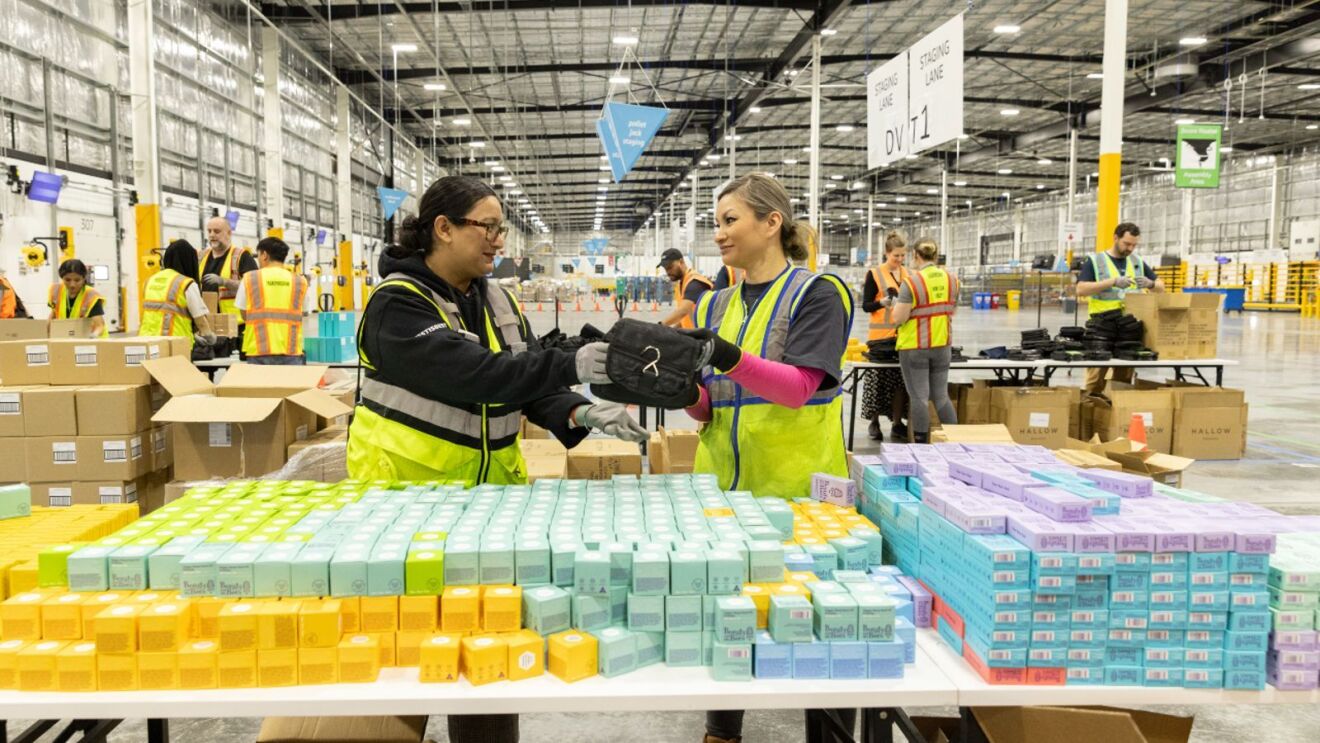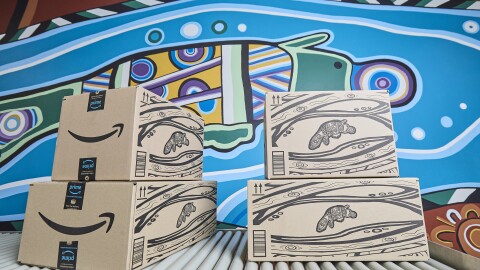Knowing that speed disproportionately matters in disasters, Amazon is announcing an expansion of its disaster relief and response capabilities with the opening of a new Disaster Relief Hub in Melbourne, Australia, building on the announcement of the hub in Sagamihara City, Japan, announced last month. The hubs expand Amazon’s disaster relief network in a seismically active region prone to volcanic activity, earthquakes, typhoons, and other natural disasters, and ahead of a hot and dry summer in Australia where bushfires, cyclones and extreme storms are predicted.
Disaster Relief Hubs are dedicated spaces within Amazon’s global logistics network, designed to provide rapid aid to disaster-stricken communities in the wake of natural disasters. The new Melbourne hub, the biggest in Australia with capacity to store up to 80,000 items, brings the company to a total of nine Disaster Relief Hubs worldwide. Collectively, the hubs store millions of high-priority items like water filters, tarps, and medical supplies, ready to be packed onto trucks or deployed by an Amazon Air 767 to get the items where they’re needed most post-disaster.

“The only thing predictable about natural disasters is that they are unpredictable,” said Abe Diaz, head of Amazon Disaster Relief. “The expansion of our disaster relief capabilities in Australia and Japan will help us store critical items in locations near areas often at risk of natural disasters, ensuring we can more quickly assist communities in need. With natural disasters growing in frequency and severity, we're using our global logistical footprint and massive inventory to deliver critical supplies quickly, in addition to offering technical support to improve disaster relief and response efforts.”
"The only thing predictable about natural disasters is that they are unpredictable."
Since 2017, Amazon and its partners have donated and delivered more than 23 million items and supported over 100 disasters around the world. Amazon’s support of relief supplies is augmented by high-tech expertise provided by Amazon Web Services’s (AWS) Disaster Response, which helps relief organisations use cloud computing to improve disaster response. AWS Disaster Response uses cloud technology to help local response and relief organisations map and assess damage in hard-hit areas, re-establish internet connectivity, and scale call centres to handle increased incoming calls for help during disasters.
To date we have supported 115 disasters worldwide, from wildfires in Maui, to hurricanes in the Gulf Coast, the recent earthquakes in Türkiye and Morocco, and beyond. In Australia, since the devastating 2019-20 Australian bushfires, Amazon Australia has sourced and dispatched more than 545,000 relief items and supported non-profit partners through 13 disasters including bushfires, floods and COVID outbreaks.
To learn more about Amazon disaster relief and response in Australia, visit www.aboutamazon.com.au/news/tag/disaster-relief.













